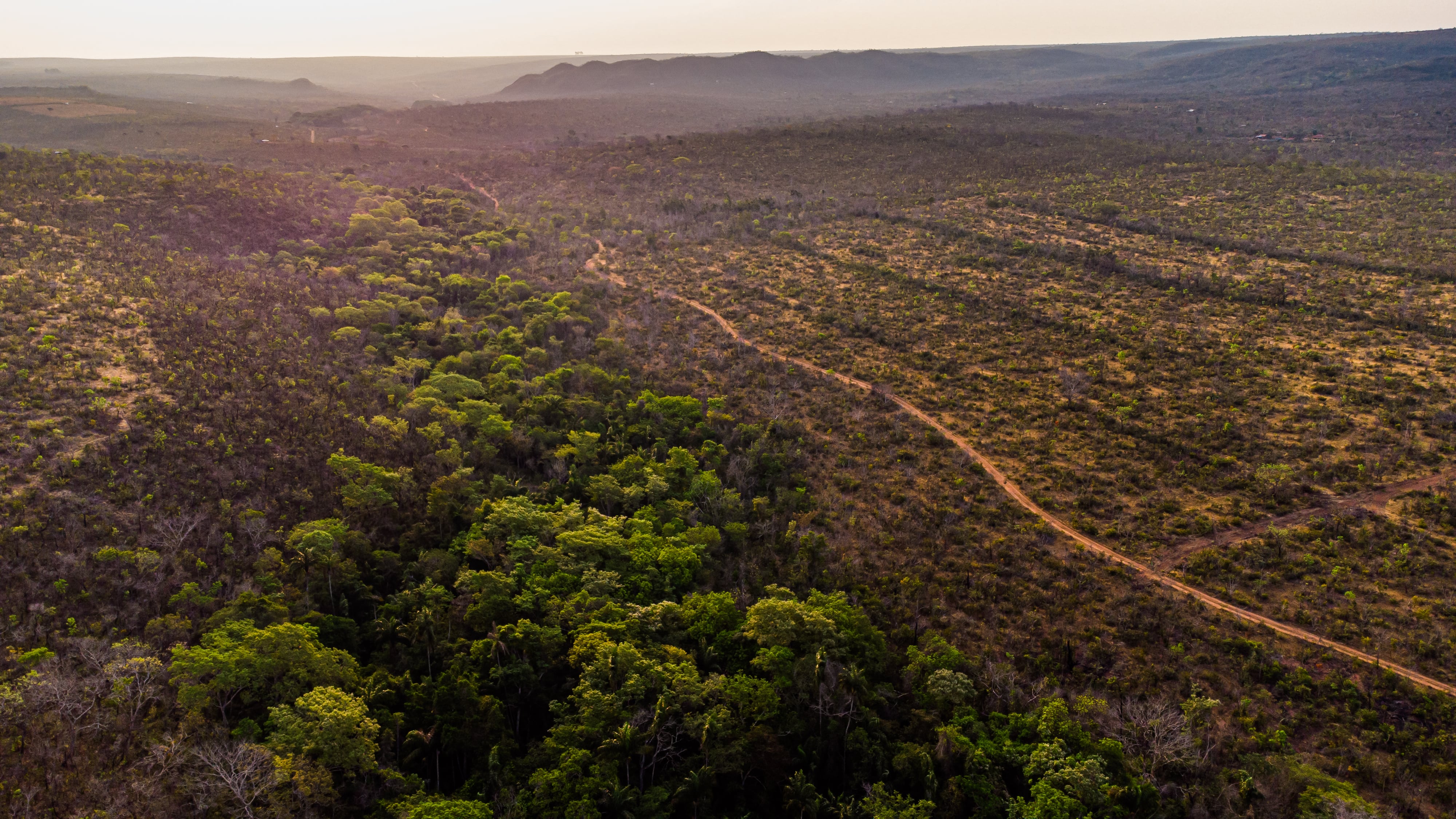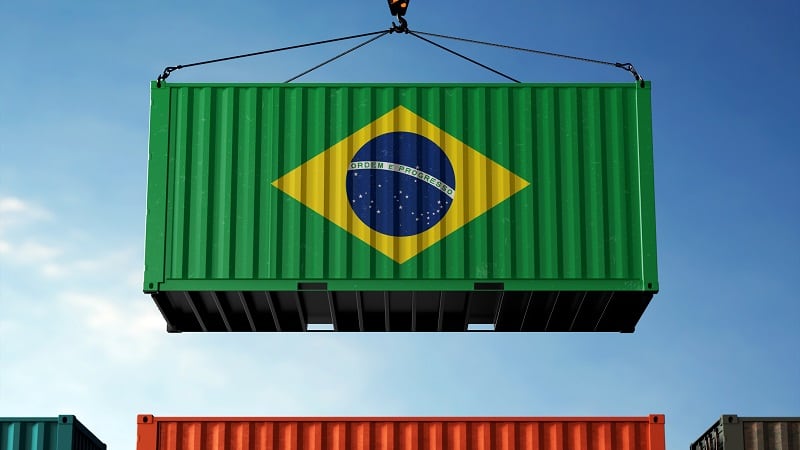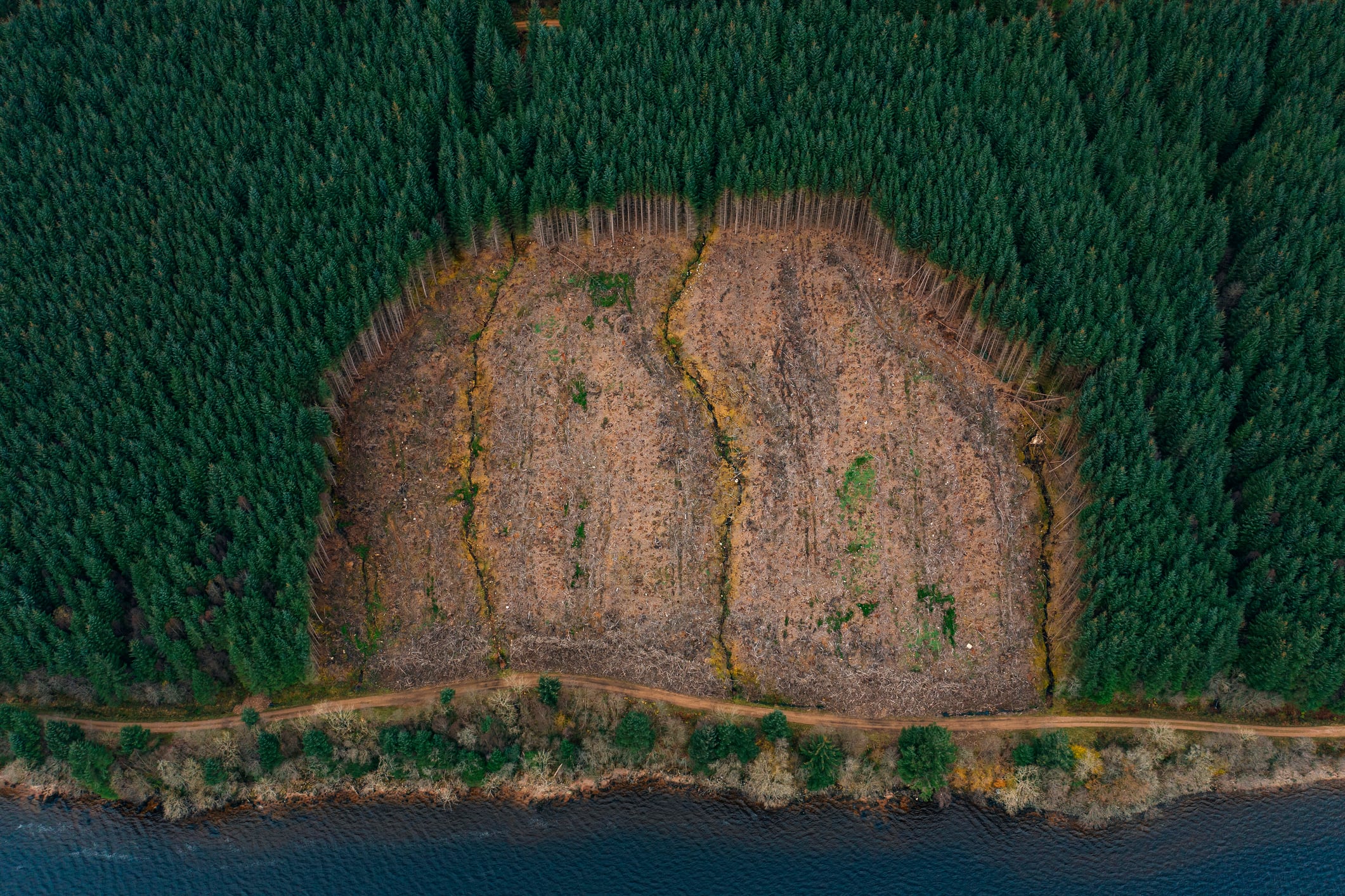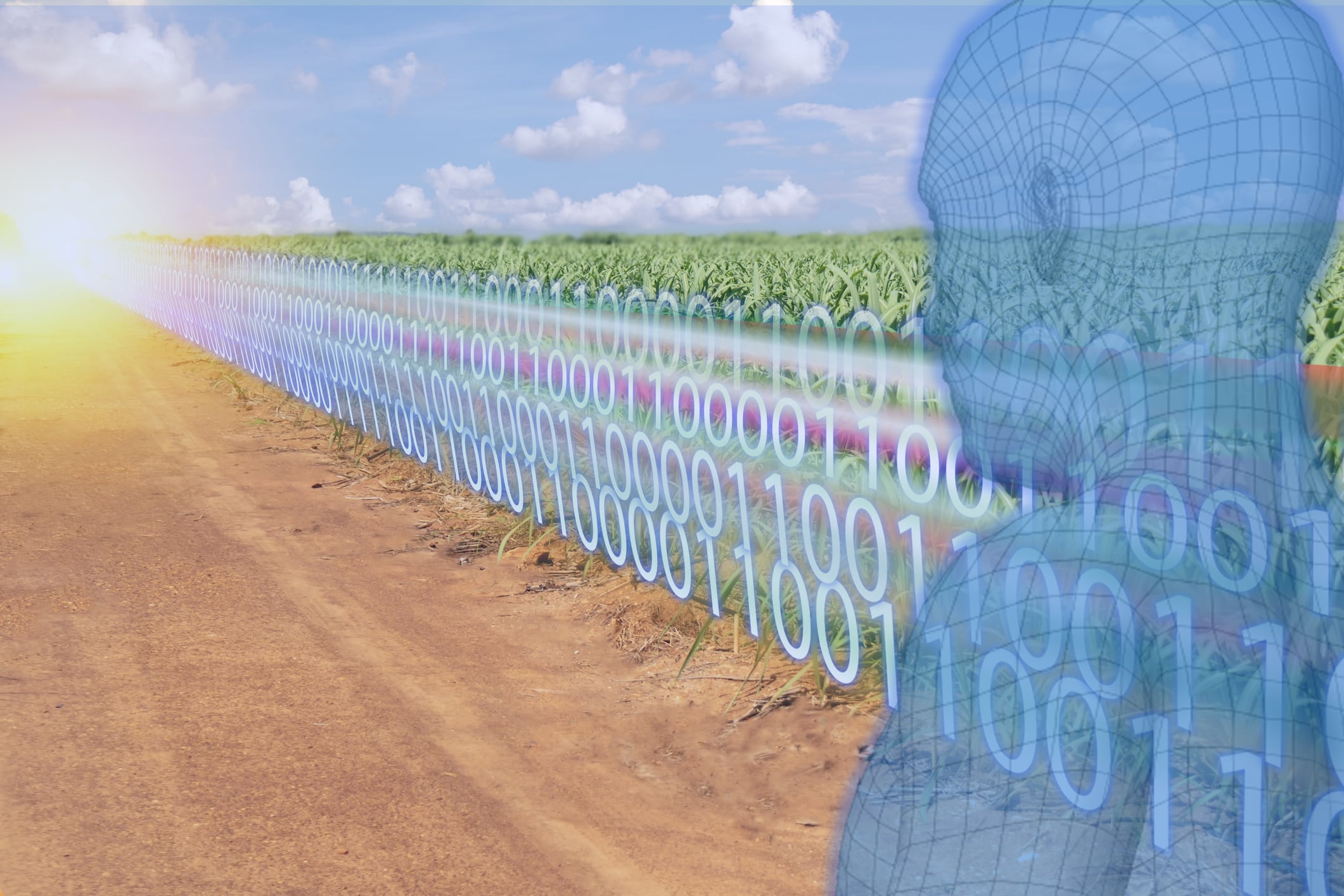Now entering its fourth season, the Responsible Commodities Facility (RCF) fund will provide US$60m in loans to soy farmers in Brazil’s Cerrado for the 2025/26 crop year. The scheme finances producers to grow deforestation- and conversion-free (DCF) soy, using an innovative blended finance model.
Farmers who meet the fund’s strict eligibility criteria gain access to low-interest loans, backed by green bonds listed on the Vienna Bourse and Brazil’s B3 exchange.
Launched in 2022 with support from UK retailers Tesco, Sainsbury’s and Waitrose, the facility has since attracted Rabobank, AGRI3 Fund and other institutional investors.
Ensuring credibility
The Green CRAs (Certificates of Receivables from Agribusiness) used to capitalise the fund received a Second Party Opinion (SPO) from ERM-NINT last year, confirming alignment with both the Green Bond Principles (GBP) of the International Capital Market Association (ICMA) and the Green Loan Principles (GLP).
Pedro Moura Costa, CEO of Sustainable Investment Management (SIM), which coordinates the fund, said the facility’s structure has enabled it to scale:
“A diversified portfolio originated with Rabobank, lower loan concentrations and capital layered across different tranches have de-risked the investments, earning the RCF a br AA Brazilian scale credit rating from S&P. This allows us to grow beyond the limits of impact investor capital alone.”
Investor perspective
Huib-Jan de Ruijter, co-chief investment officer at FMO, described the Cerrado fund as an important test case:
“We see the RCF as an innovative initiative showing how environmental protection and agricultural productivity can go hand in hand.”
By combining financing incentives with no-deforestation commitments, the model could help mobilise capital to protect critical ecosystems while enabling sustainable agriculture, he added.
Scaling deforestation-free soy
For 2025/26, the program expects to finance around 280 farms, producing more than 240,000 tons of DCF soy. While this accounts for just 0.28% of Cerrado output, it is expected to conserve 90,000 hectares of native vegetation - 29,000 hectares beyond legal requirements - equivalent to more than 22 MtCO₂e in carbon stocks.
To qualify, farms must be large enough to support sizeable loan allocations, commit to zero deforestation for soy expansion, maintain forest cover above legal minimums, and comply with strict environmental and social safeguards. Farms found non-compliant are excluded from future cycles.
Despite drought and price volatility leading to two repayment defaults in 2023/24, SIM reports strong farmer interest and continued appetite from global investors.
COP30 looms
The Cerrado produces about half of Brazil’s soy but lacks the legal protections of the Amazon, making it a central focus of climate and biodiversity strategies ahead of COP30 - billed as the ‘Forest COP.’
Strategic context
The Brazilian government has welcomed the RCF, Moura Costa told us, and he stressed how the fund is aligned with national conservation priorities.
“The facility is fully consistent with Brazil’s conservation strategy and has been incorporated into the government’s updated Green Climate Fund program for 2025–2027,” he said.
Oversight
The fund is guided by an Environmental Advisory Board with representatives from UNEP, The Nature Conservancy, Conservation International, Proforest and IPAM. Structuring partners include Opea Securitizadora, Traive (credit analysis) and Pinheiro Neto Advogados.
The Cerrado program also complements other responsible soy initiatives such as the UK Soy Manifesto, the Consumer Goods Forum’s Forest Positive Coalition and the Innovative Finance for the Amazon, Cerrado and Chaco (IFACC) program.





